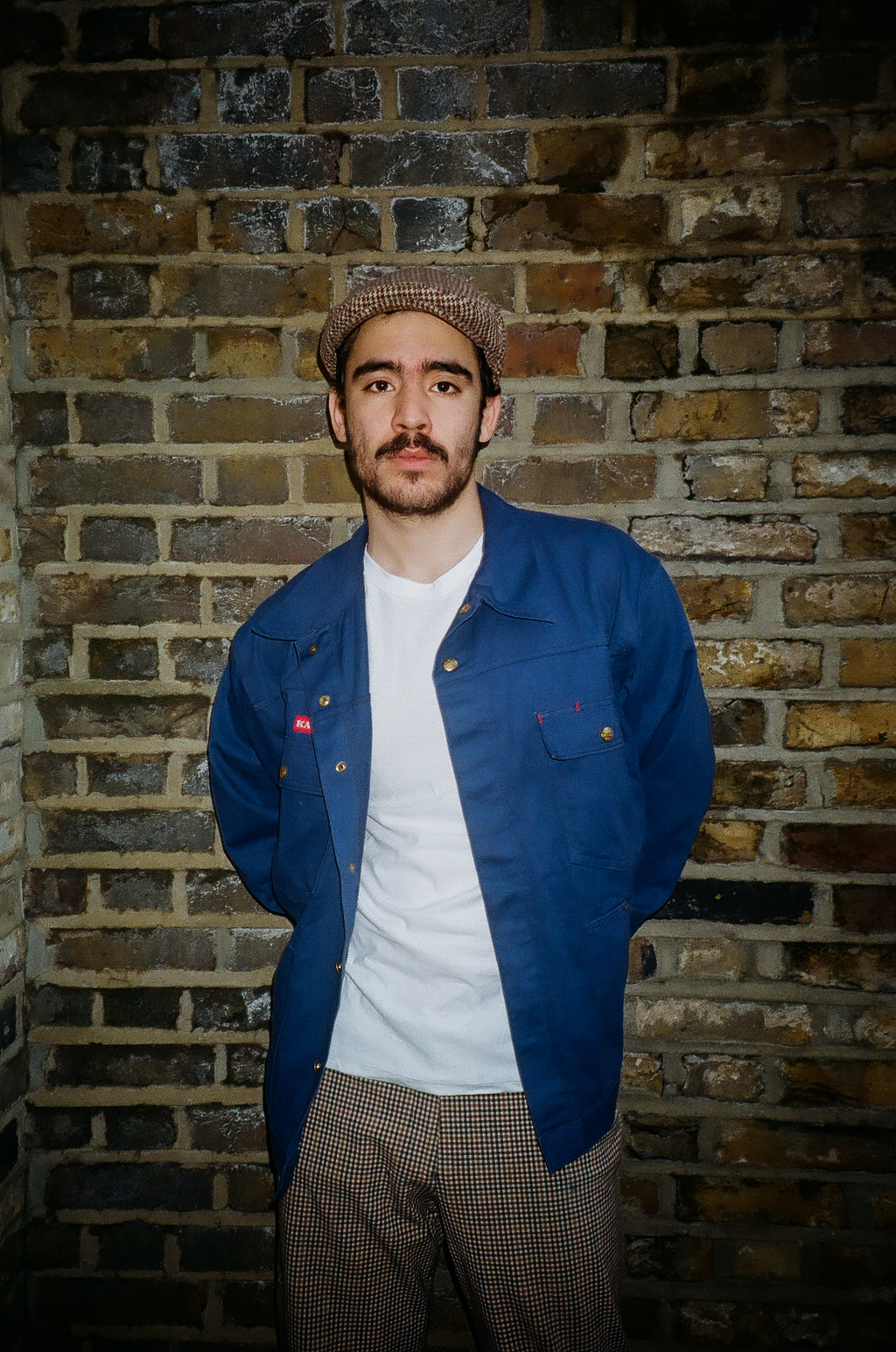Nur Khamis explores the obstacle-filled path of unconventional models and the underrepresentation of individuals lacking Eurocentric features in the fashion industry.
I was raised in Bucharest, Romania, with a Jordanian father and a Romanian mother. Growing up, I was not considered traditionally beautiful, but rather interesting looking. This might be because, as an ethnically ambiguous person, I did not look like anyone else. Even though I am half Caucasian, the only white features I possess are my pale skin and blue eyes– I inherited my dad’s Middle Eastern looks. With a wide, square shaped face, a bigger, rather bulbous nose, bushy eyebrows, untamed, curly hair and a very unsymmetrical face, you could say I did not fit in society’s beauty norms.
When I moved to the UK, I suddenly realized how different people actually are, because of the mix of cultures in the country. Romania is majorly white, and there’s not a lot of us mixed race individuals. UK, with its cosmopolitan London, is the complete opposite.
Still, as I observed the diversity around me, I also observed the lack of it within the fashion industry. The industry is still fixated on the traditional, Western ideals of beauty, and they are considered by society as the standard. Unconventional looking models, which I find incredibly beautiful, are marked as ‘interesting’ or ‘weird’, and it’s harder for them to get jobs. Take Slick Woods, for example. She quickly became one of the most talked about models, and Rihanna’s muse. Gaped teeth, shaved head – her beauty is harder to consume and understand – so she’s constantly getting bullied online, called “ugly”.
I decided to photograph people, models and fashion enthusiasts, who possess strong features, and unique looks. These individuals break the rules and the boring standards of beauty and embrace their own individuality. It’s that powerful confidence to be yourself that scares people, because not everyone is courageous enough to do it. That’s exactly what the fashion industry needs – people who are unconditionally themselves and don’t care if they don’t fit in.
Working on this project taught me how I was never the only one struggling to be accepted and fit in – a lot of us were trying to take away from our own individuality in order to mould into an idea of what we should be.
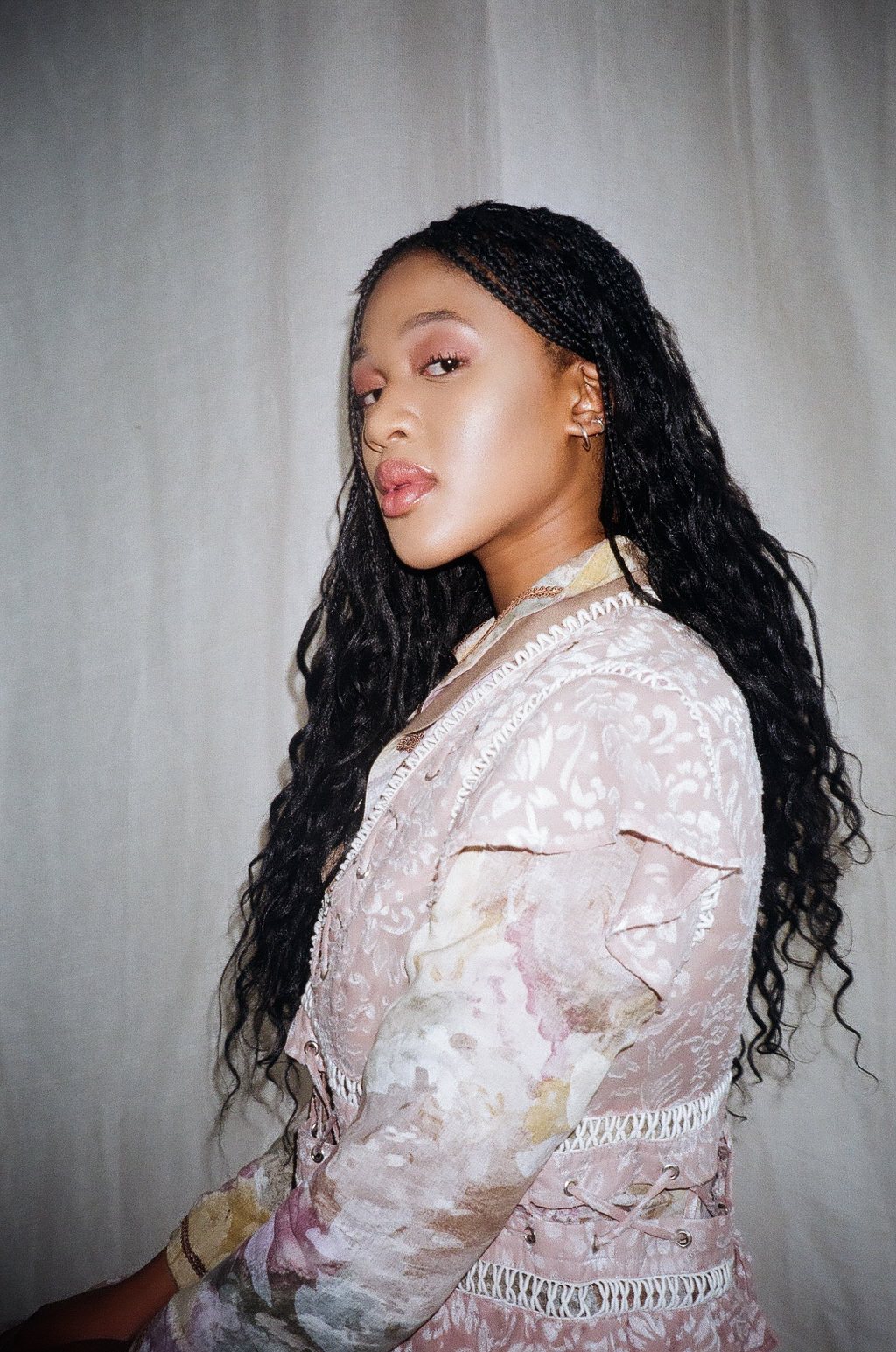 TEE
TEE
“I think I changed myself over the years to become more like the girls who were all the same because I stood out too much and never felt I was like them.” – Tee, 22, told me. She grew up a mostly white community in Lichfield, with a Botswana father and a mother from Kimberley, Northern Cape. When she was little, she used to hate her teeth gap – but now she learnt to love it, and models like Slick Woods helped her embrace it.
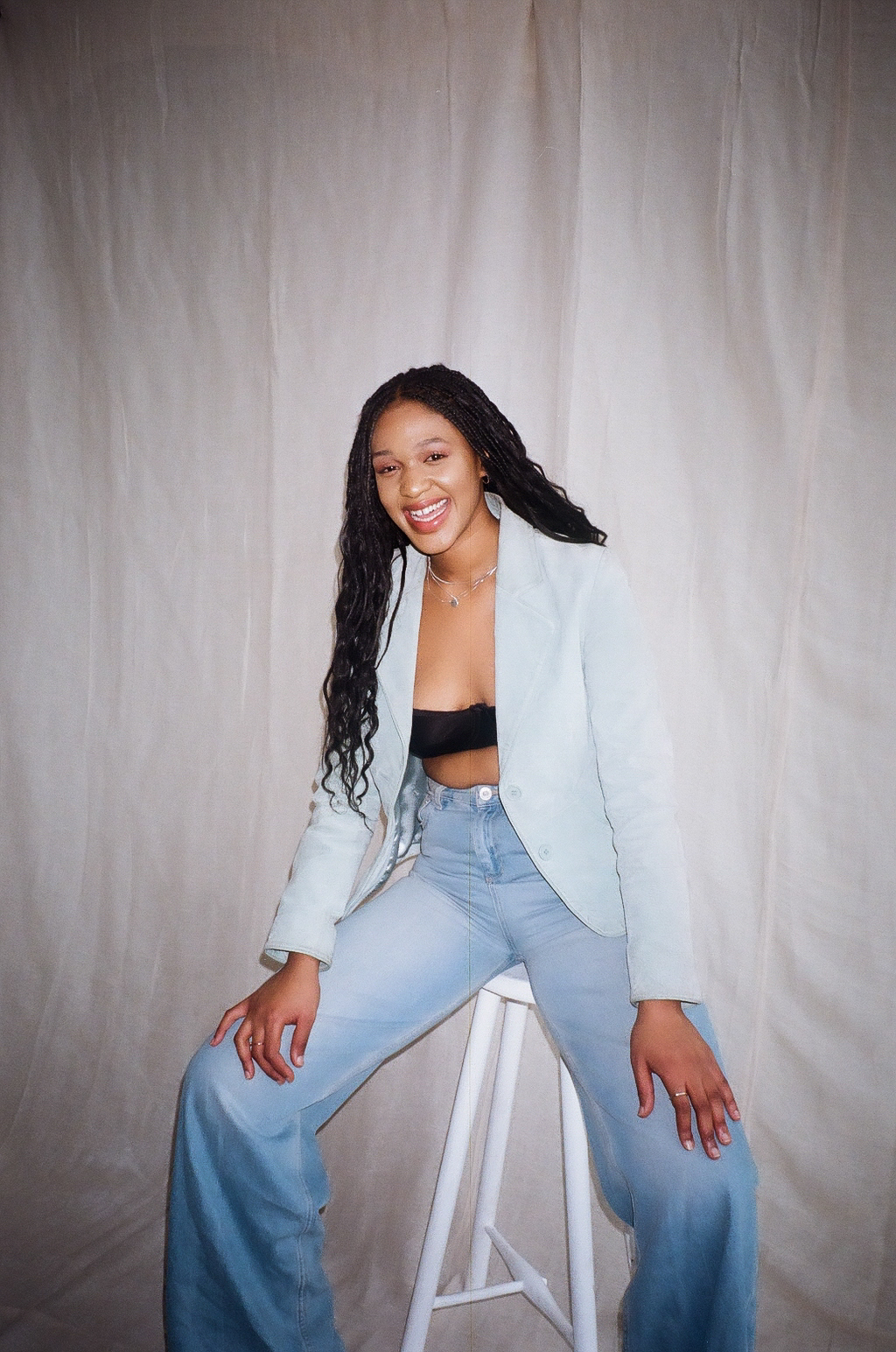
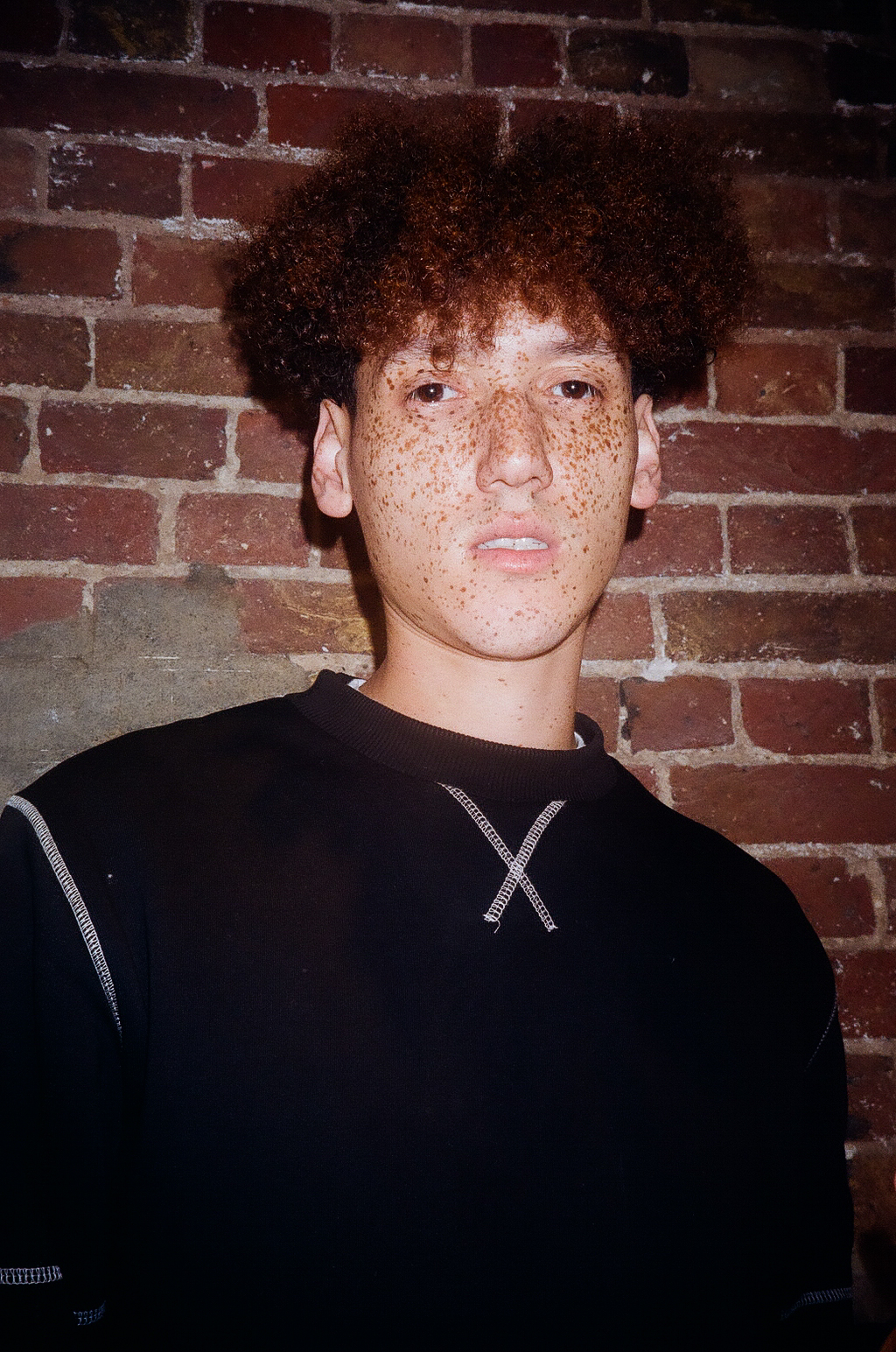 JOEY
JOEY
Joey, 25, works as a model in London, for AMCK modelling agency, one the best male agencies in the UK. His unique looks got him a few important gigs – ASOS and Valentino, to name a few. He’s a mixed-race child – a Jamaican mother and an Algerian father. His freckles define him, and also put him in the ‘unconventional’ model category. As hard as it was to hide them growing up, he doesn’t want to anymore.
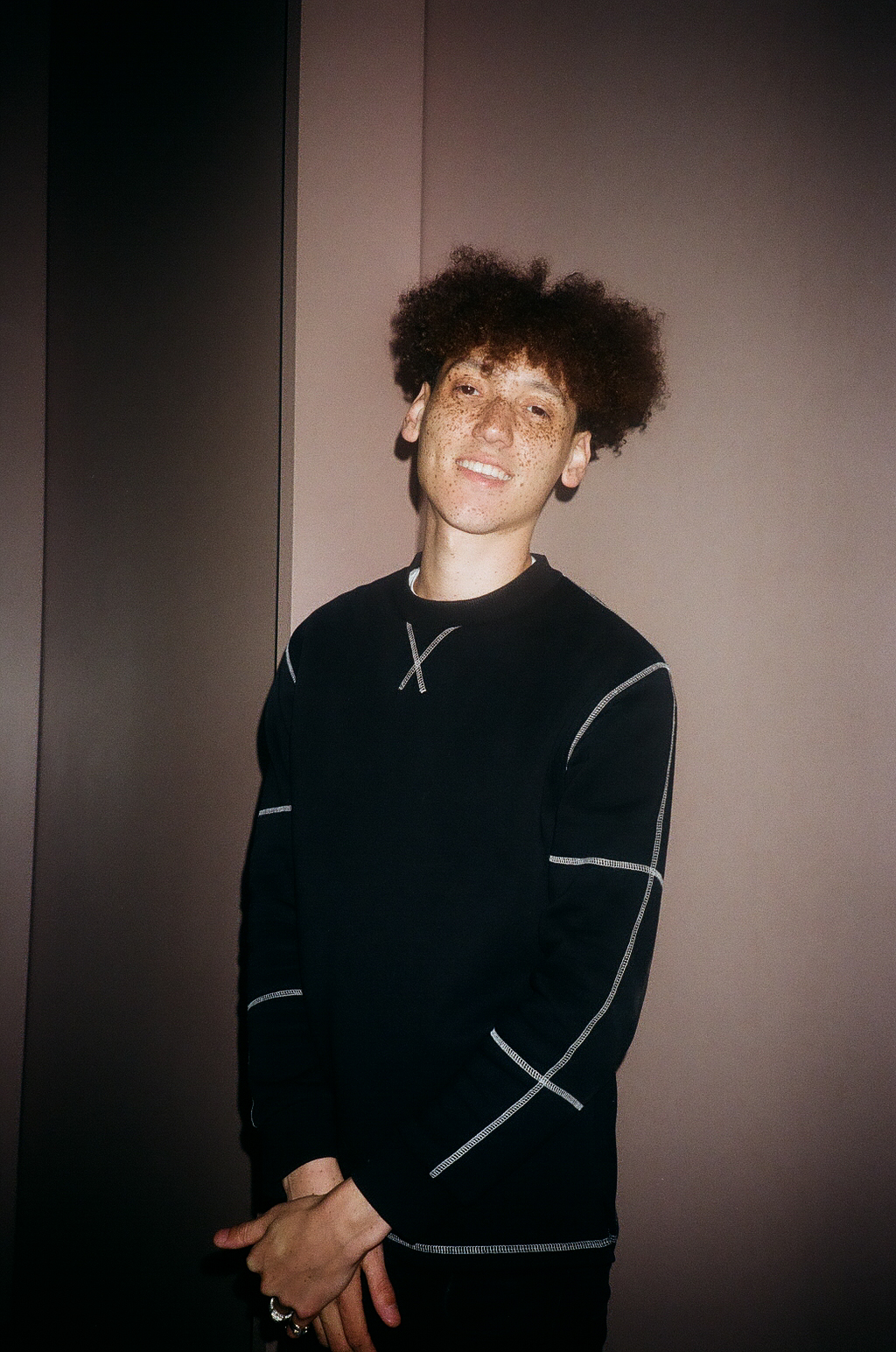
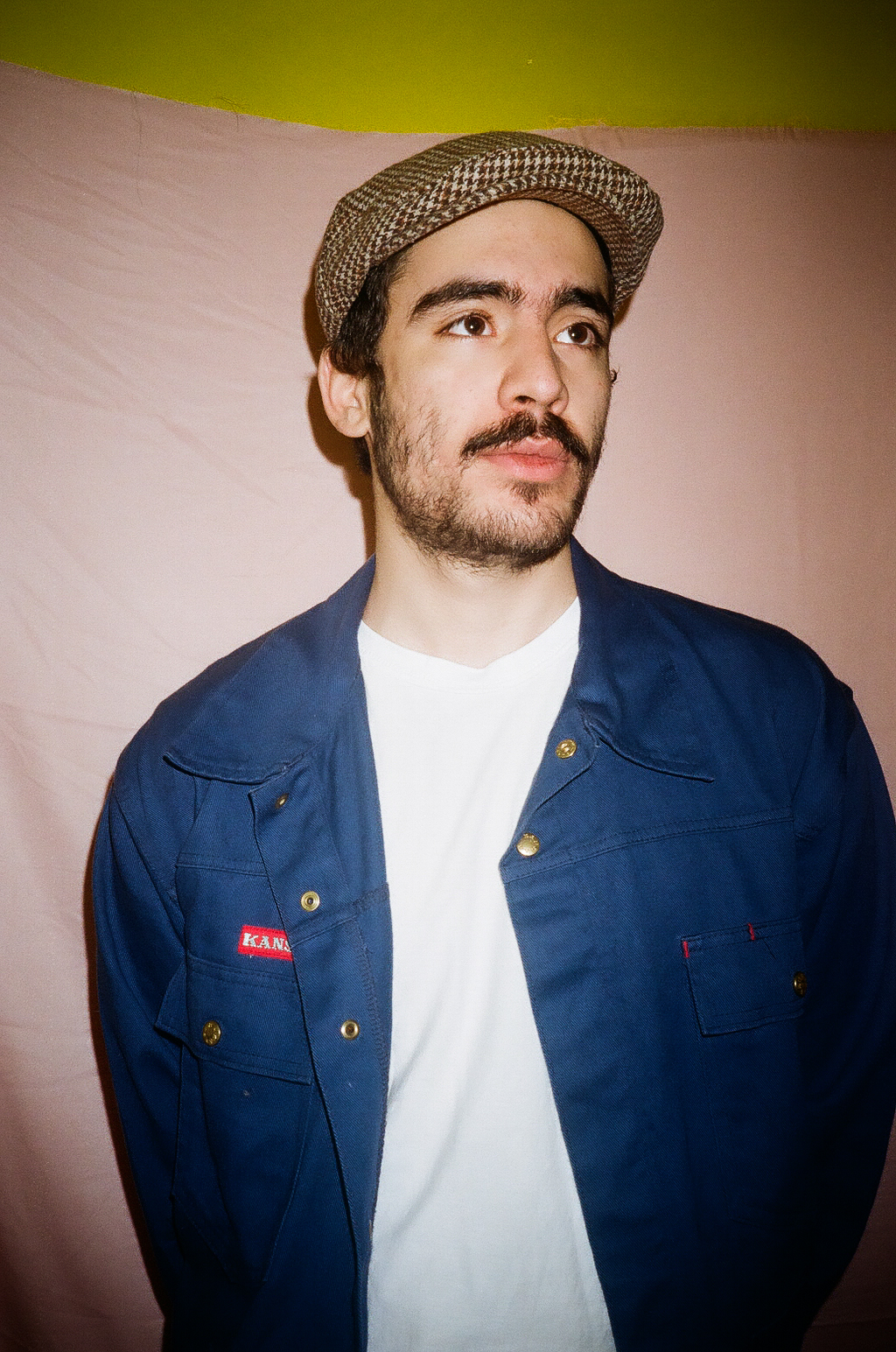 NEJAT
NEJAT
Daniel, 20, likes being called by his family name, Nejat. His case is very similar to mine – he grew up in Bucharest, with strong, Iranian features inherited from his father. No one looked like him, which attracted people’s attention. That’s how he learnt to be a people’s charmer.
It’s hard to find models that look like him. Take a look on every catwalk – you won’t see a lot of Middle Eastern men.
